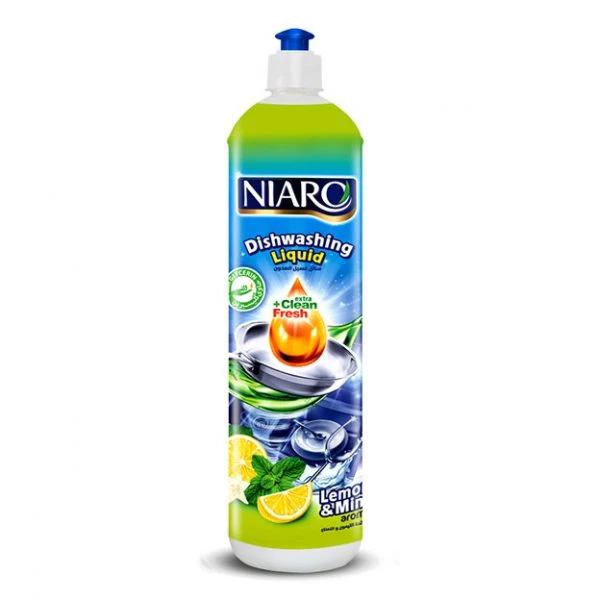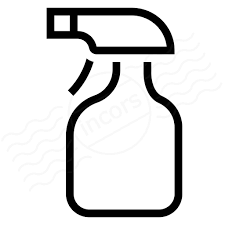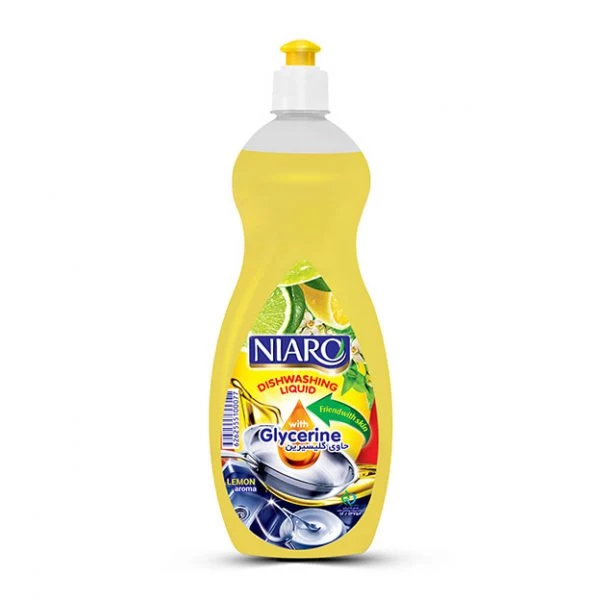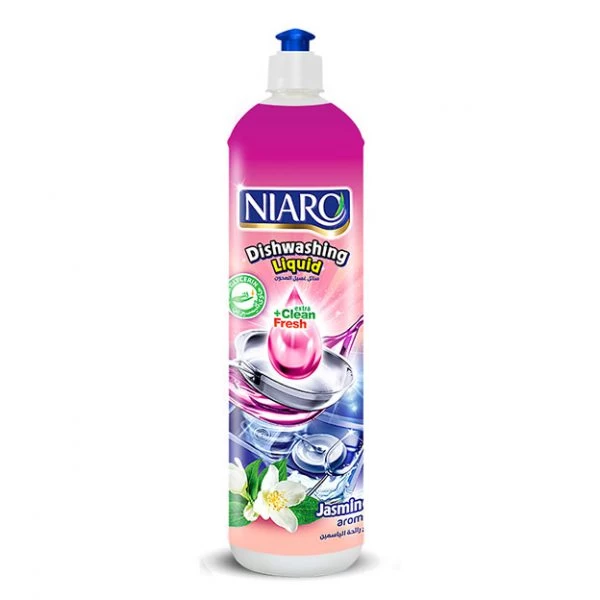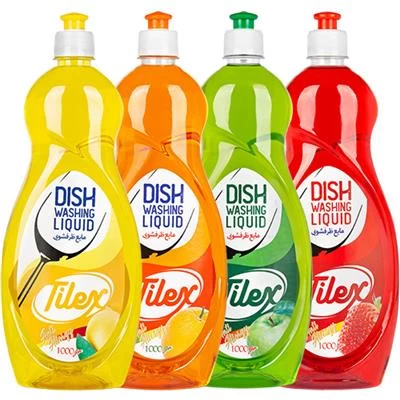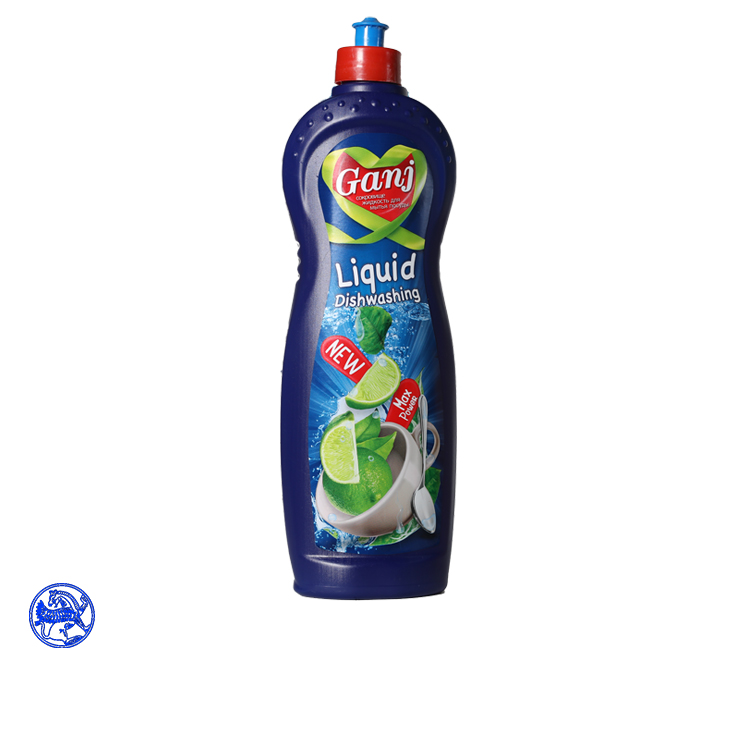Dish Wash
Dish wash liquid, also known as dish soap, is a type of cleaning product used for washing dishes, cookware, and other kitchen utensils. It is designed to cut through grease and food residue to clean items effectively.
The main ingredients in dish wash liquid are surfactants, which are molecules that help lift and remove dirt and grease from surfaces. Common surfactants used include sodium lauryl sulfate, sodium laureth sulfate, and cocamidopropyl betaine. Dish wash liquids also often contain other ingredients such as thickeners, dyes, fragrances, and antimicrobial agents.
Dish wash liquid is typically used by adding a small amount to water and agitating to create suds. The solution helps loosen and emulsify food particles so they can be rinsed away. Dish wash liquids come in a variety of scents and formulations, including those marketed as antibacterial, for sensitive skin, or for extra grease-cutting power.
When purchasing dish wash liquid, consider factors like effectiveness, gentleness on hands, environmental impact, and cost per use. Proper use and storage of dish wash liquid can help maximize its cleaning power and minimize waste.
Proper Usage:
- Use only a small amount of dish soap, usually just a few drops or a small squeeze. Excess soap can leave residue.
- Add the soap directly to the sink or dishwater, then agitate to create sudsy water. Avoid putting the soap directly on dishes.
- Let dishes soak for a few minutes before scrubbing to allow the soap to work on loosening food particles.
- Use a soft sponge or cloth to gently scrub dishes rather than abrasive scouring pads which can damage surfaces.
- Rinse dishes thoroughly to remove all soap residue.
- For greasy pots and pans, let them soak in hot soapy water first before scrubbing.
Proper Storage:
- Keep the dish soap bottle capped tightly when not in use to prevent evaporation and contamination.
- Store it in a cool, dry place away from direct sunlight. Heat and light can degrade the surfactants over time.
- If possible, store the bottle upside down. This will keep the liquid soap from drying out around the opening.
- Check the expiration date and use the dish soap within the recommended time frame, generally 1-2 years from manufacture.
- Avoid storing dish soap near other cleaning products that could interact with the ingredients.
Following these guidelines will help ensure your dish wash liquid maintains its full cleaning power and efficacy for longer.

There are certain foods and substances that require a more powerful dish soap or detergent to effectively clean off dishes and cookware. Here are some examples of foods that need a stronger dish washing solution:
Greasy Foods:
- Fried foods like chicken, fish, french fries
- Sauces and marinades containing oils and fats
- Baked goods with butter or shortening
Starchy Foods:
- Pasta, rice, potatoes
- Oatmeal and porridge
- Doughs and batters
Protein-Rich Foods:
- Eggs
- Meat and fish
- Dairy products like cheese, milk, yogurt
Sugary Foods:
- Jams, syrups, honey
- Desserts and baked goods
- Fruit juices and sodas
Tough Stains:
- Burnt or baked-on food
- Red wine, coffee, tea stains
- Paints, glues, and other adhesives
For these types of foods and substances, a detergent with stronger surfactants, degreasers, and enzymes is often needed to properly cut through and remove the residue. Look for dish soaps labeled as "grease-fighting," "heavy-duty," or "commercial strength" for best results.
Additionally, soaking dishes in very hot water before washing can help soften and loosen stuck-on foods. Allowing dishes to air dry rather than towel drying can also help avoid waterspot buildup.
Here are some tips for effectively soaking dishes in hot water before washing:
1. Use the hottest water possible. The hotter the water, the more it will help loosen and soften stuck-on food. Aim for water as hot as your hands can comfortably stand, around 120-140°F.
2. Add a squirt of dish soap directly to the hot water. The soap will help cut through grease and food particles as the dishes soak.
3. Fully submerge the dishes in the hot soapy water. Make sure all surfaces are contacted by the hot water to maximize effectiveness.
4. Let the dishes soak for at least 15-20 minutes, or longer for really stubborn messes. This gives the hot water and soap time to work on breaking down the food.
5. For extra tough stains, bring the water to a boil first before adding the dishes. The super hot temperature will help further loosen baked-on foods.
6. Consider adding a tablespoon of baking soda or vinegar to the soak water. These natural ingredients can help cut through grease and protein-based stains.
7. Use a dish scrub brush or sponge to gently agitate the dishes during the soak. This helps dislodge food without excessive scrubbing.
8. Refill the sink with fresh hot soapy water if the original water cools down significantly during the soak.
Following these tips will help ensure your pre-soak effectively softens and loosens even the toughest dried-on food, making the actual dish washing much easier.

Here are some effective alternatives to traditional dish soap that can be used for soaking dishes:
1. Baking Soda: Baking soda is a mild abrasive that can help cut through grease and grime. Simply sprinkle a layer of baking soda in the sink or dishpan, add hot water, and let the dishes soak.
2. Vinegar: White vinegar is a great natural degreaser. Add 1/2 cup of vinegar to the hot soak water to help break down food particles.
3. Castile Soap: This plant-based, gentle soap is an eco-friendly alternative to conventional dish liquids. It works well for soaking delicate items.
4. Dish Washing Powder: Look for powdered detergents that are designed for hand-washing dishes. They can be dissolved in hot water for soaking.
5. Lemon Juice: The citric acid in lemon juice helps cut through grease. Squeeze fresh lemon juice into the hot soak water.
6. Borax: This natural mineral compound has cleaning properties. Mix a tablespoon of borax per gallon of hot water for soaking.
7. Washing Soda: Also known as sodium carbonate, this alkaline compound can help loosen stuck-on food. Dissolve it in the hot soak water.
8. Vegetable Oil: For super greasy dishes, try soaking them in a small amount of cooking oil first before washing. The oil will help dissolve the grease.
Be sure to thoroughly rinse dishes after soaking in any of these alternative solutions to remove any residue. And always test on a small area first to ensure compatibility with the dish material.
- Use only a small amount of dish soap, usually just a few drops or a small squeeze. Excess soap can leave residue.
- Add the soap directly to the sink or dishwater, then agitate to create sudsy water. Avoid putting the soap directly on dishes.
- Let dishes soak for a few minutes before scrubbing to allow the soap to work on loosening food particles.
- Use a soft sponge or cloth to gently scrub dishes rather than abrasive scouring pads which can damage surfaces.
- Rinse dishes thoroughly to remove all soap residue.
- For greasy pots and pans, let them soak in hot soapy water first before scrubbing.
- Keep the dish soap bottle capped tightly when not in use to prevent evaporation and contamination.
- Store it in a cool, dry place away from direct sunlight. Heat and light can degrade the surfactants over time.
- If possible, store the bottle upside down. This will keep the liquid soap from drying out around the opening.
- Check the expiration date and use the dish soap within the recommended time frame, generally 1-2 years from manufacture.
- Avoid storing dish soap near other cleaning products that could interact with the ingredients.

- Fried foods like chicken, fish, french fries
- Sauces and marinades containing oils and fats
- Baked goods with butter or shortening
- Pasta, rice, potatoes
- Oatmeal and porridge
- Doughs and batters
- Eggs
- Meat and fish
- Dairy products like cheese, milk, yogurt
- Jams, syrups, honey
- Desserts and baked goods
- Fruit juices and sodas
- Burnt or baked-on food
- Red wine, coffee, tea stains
- Paints, glues, and other adhesives

FAQs
What are the main ingredients in dish wash liquid?
The main ingredients in dish wash liquid are surfactants like sodium lauryl sulfate, as well as thickeners, dyes, fragrances, and antimicrobial agents.
How can you properly store dish wash liquid to maintain its effectiveness?
Store dish wash liquid in a cool, dry place away from direct sunlight, keep the bottle tightly capped, and check the expiration date.
What types of foods require a more powerful dish soap?
Greasy, starchy, protein-rich, and sugary foods, as well as items with tough stains, need a stronger detergent to effectively remove the residue.
What are some alternatives to dish soap for soaking dishes before washing?
Alternatives include baking soda, vinegar, castile soap, lemon juice, borax, washing soda, and even vegetable oil.
 +7929688-88-14
+7929688-88-14

 English
English
 Persian
Persian
 Russian
Russian
 Chinese
Chinese


 +7929688-88-14
+7929688-88-14

